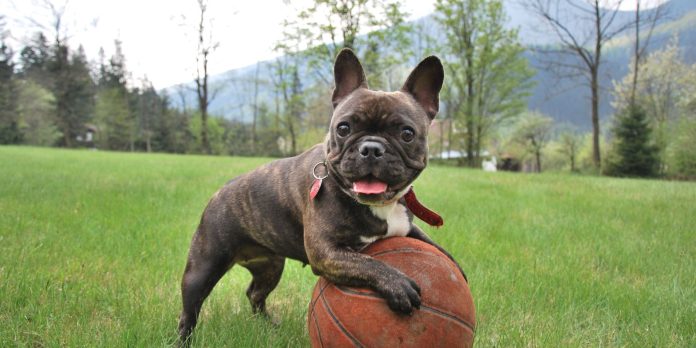Properly putting on a dog harness is essential for your pet’s safety and comfort during walks. Harnesses, unlike collars, distribute pressure more evenly around your dog’s body, reducing strain on their neck. Understanding how to fit one correctly is crucial.
Types of Dog Harnesses
There are primarily three types of harnesses: step-in harness, overhead harness, and adjustable harness. A step-in harness is laid on the ground for your dog to step into. An overhead harness is slipped over your dog’s head and then buckled around the body. Adjustable harnesses can be modified for a custom fit.
Preparing Your Dog
Before introducing the harness, ensure your dog is calm and comfortable. If your dog is new to harnesses, let them inspect it first, allowing them to smell and get familiar with it. Treats and gentle petting can help alleviate any anxiety associated with the harness.
Putting on a Step-In Harness
Lay the harness flat on the ground and guide your dog’s front paws into the openings.
Pull the harness up around their legs and over their back.
Secure the buckle on the harness’s back, ensuring it’s not too tight or too loose.
Putting on an Overhead Harness
Slip the harness over your dog’s head, with the D-ring (where the leash attaches) on your dog’s back.
Guide your dog’s legs through the armholes of the harness.
Secure the side buckles, adjusting as necessary to ensure a comfortable fit.
Adjusting the Harness Properly
The harness should be snug but not tight. You should be able to fit two fingers between the harness and your dog’s body. Ensure the harness is even and not twisted, and that it sits comfortably away from their neck.
Tips for Dogs Uncomfortable with Harnesses
For dogs hesitant about wearing a harness, introduce it gradually. Start by placing it near their sleeping area. Next, place it on them without fastening for short periods while offering treats. Gradually increase the time they wear it fastened.
Safety Checks Before Heading Out
Before heading out, double-check that all buckles are secure and the harness is not rubbing against your dog’s skin. Regularly inspect the harness for signs of wear and tear, replacing it when necessary.
Troubleshooting Common Issues
If your dog tries to slip out of the harness, it may be too loose. Adjust for a snugger fit. If the harness is chafing, it might be too tight or not properly positioned. Always ensure that the harness is not impeding your dog’s movement or causing discomfort.
Conclusion
Patience and consistency are key when introducing your dog to a harness. With the right approach and a properly fitted harness, walks can become more enjoyable and safe for you and your pet. Remember, each dog is unique, so take the time to find a harness that suits your dog’s size, breed, and temperament.









